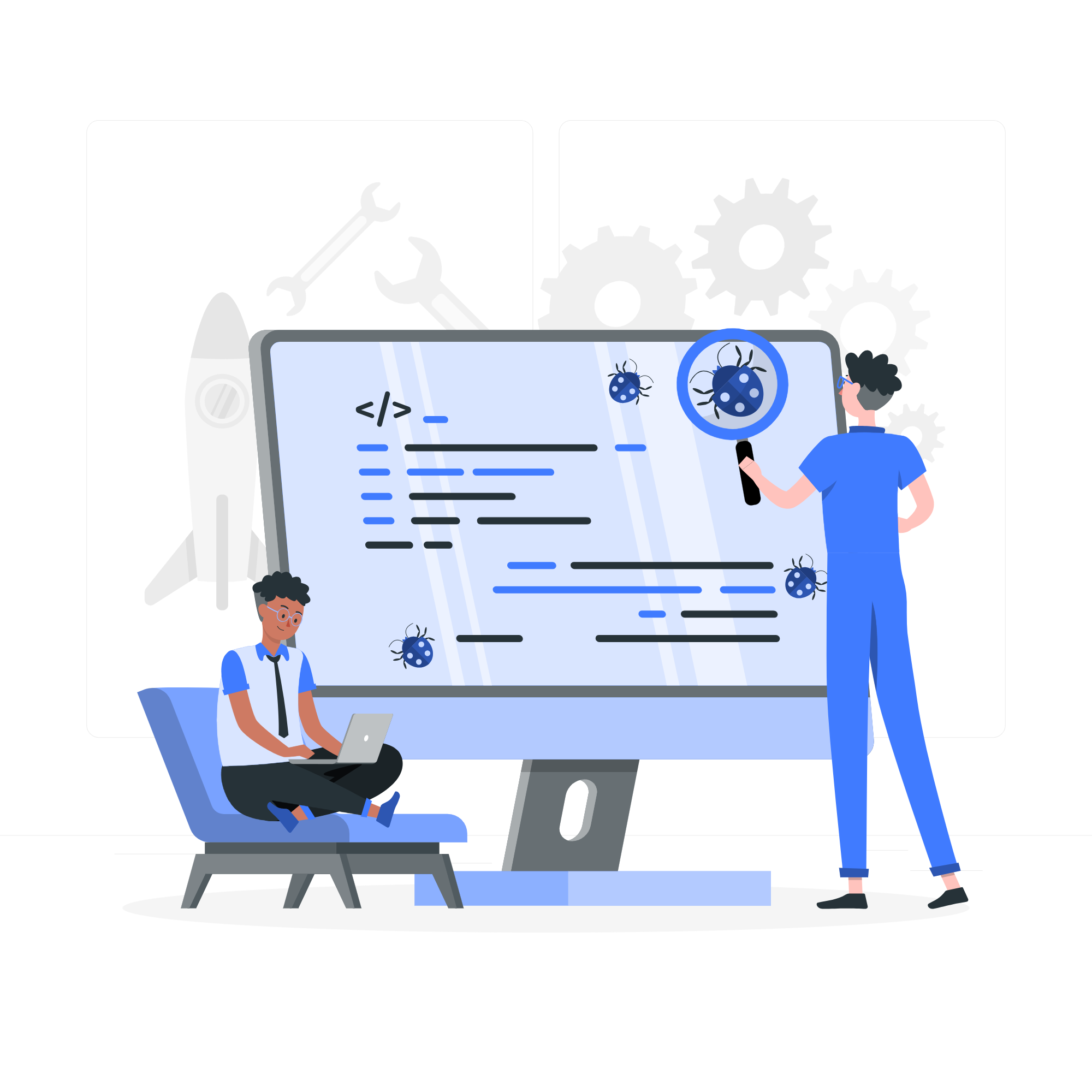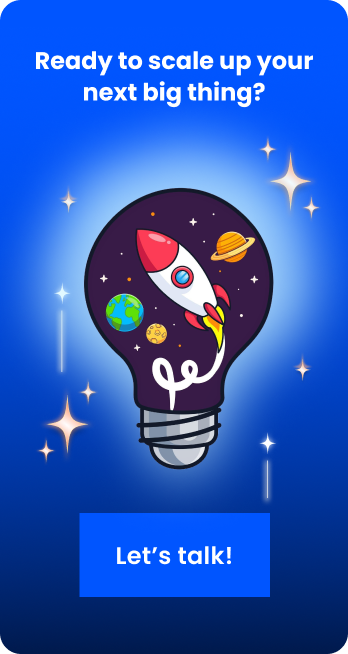
AI App Development Cost in 2025: Key Factors & Smart Budgeting Tips for Tech Leaders
Manu Jain | June 28, 2025 , 12 min read
Table Of Content
AI apps have grown gross monthly revenue 37x in two years, with total consumer spending surpassing $1 billion in 2024. Yet most tech leaders still have zero idea about the AI app development cost in 2025 when budgeting for their AI projects.
AI App Development Market is estimated to reach USD 221.9 Billion By 2034, fueled by a robust CAGR of 18.60%. But that growth comes with a price in the complexity of making smart investment decisions.
Every tech leader faces the same question: How do you balance innovation with fiscal responsibility when the AI development market moves faster than your quarterly planning cycles?
You can’t afford to get this wrong. One miscalculation and you’ll either blow your budget on unnecessary features or build something so basic it becomes irrelevant before launch. That’s why it’s crucial to accurately calculate the cost of developing an app—one that stays within your allocated budget and meets all your requirements.
But what most cost guides won’t tell you is that the real expense isn’t in the development. It’s in the mistakes you’ll make if you don’t understand what drives costs in 2025’s AI landscape.
In this blog, you will discover the true AI app development cost in 2025, key cost factors, use-case pricing, real examples & tips to reduce your AI project budget.
Key Takeaways
- The cost of developing an AI app varies. There is no true cost. For example, a basic chatbot can cost you $10,000, and for a more complex enterprise solution, budget about $500,000+. Most projects fall between $50,000-$200,000.
- AI models come in different forms. The more complex your model is, the data infrastructure requirements and the expertise of your development team can triple costs without warning.
- Other cost drivers also include operational costs for cloud computing, data processing, and model maintenance. These can double your total investment within the first year.
- To cut down costs, we advise you to use pre-trained models, optimize your infrastructure, and start with an MVP. These can cut development costs by 40-70% without sacrificing quality.
What is Driving the Demand for AI Apps in 2025?
Here are three massive shifts colliding right now to create AI app demand that’s reshaping entire industries.
1. The Survival Economics
AI could contribute $15.7 trillion to the global economy by 2030. But strip away the excitement, and what you’re really looking at is the largest redistribution of wealth in modern history. Companies that nail AI early will capture disproportionate market share. Everyone else gets squeezed out.
It is estimated that AI could add $1 trillion annually to global banking value, but that value doesn’t get distributed evenly. It flows to whoever moves fastest.
2. Labor Math That Doesn’t Lie
The World Economic Forum projects 85 million job losses but 97 million new roles created by 2025. Those numbers sound balanced until you realize the geography problem. The jobs being eliminated are everywhere. The new roles? They’re concentrated in major tech hubs and require skills most workers don’t have.
Smart companies see this coming. They’re using it to become the kind of workplace that attracts the 97 million new workers. A manufacturing firm in Ohio told me they built an AI-powered quality control system not to fire inspectors, but to make inspector jobs interesting enough that young engineers would actually want them.
3. The Efficiency Trap
Every industry has its AI efficiency story. Google cut data center energy use by 40% with DeepMind. Retailers reduced inventory waste by predicting demand patterns. Logistics companies optimized delivery routes in real-time.
But efficiency gains only matter if your competitors don’t have them too. Once AI-powered optimization becomes table stakes, the companies without it become irrelevant. It’s like trying to compete in modern logistics while still using paper maps.
The demand for AI apps in 2025 comes down to basic business survival. Companies that thought they could wait and see are discovering the waiting period is over.
What is the Cost of Developing an AI App?
If you’re expecting a simple answer, you’re going to be disappointed. AI app development costs are about as predictable as a startup pitch deck – which is to say, not at all. But here’s what the data shows.
Basic AI apps cost between $70,000 to $150,000, while complex solutions start at $60,000 and can hit $1,200,000. Notice something weird about those ranges? The “complex” category starts lower than basic apps end. That’s not a typo, it’s the AI development industry in a nutshell. Even though pricing depends on complexity, it also depends more on which vendor you’re talking to and whether they understand what you’re trying to build.
Most AI software development projects fall between $10,000 and $50,000 according to Clutch reviews. But we can’t entirely rely on that.
But then again, you’re not just buying an app. You’re buying data preparation (usually 30-40% of your budget), model training (another 20-30%), integration work (15-25%), and enough testing to make sure your AI doesn’t hallucinate (10-15%).
A realistic MVP with generative AI functionality starts from $50,000, but that’s for something that works, not the $15,000 “AI chatbot” that can barely handle “What are your business hours?” without having an existential crisis.
In-house development in the US runs $50-100+ per hour, while Ukrainian developers charge $30-50. But the $30/hour developer might need three times longer to deliver the same result, making them more expensive than the $100/hour expert who’s built similar systems before.
Not all AI apps are created equal. Healthcare and financial services AI development costs 2-3x more than retail applications because of compliance requirements, data security standards, and the stakes involved when your algorithm makes mistakes. A misclassified product recommendation might cost you a sale. A misclassified medical image could cost someone their life.
Cost of AI App Development as per Usage
Most AI app development cost breakdowns you’ll find online are misleading because they lump together apps that have different requirements. A basic chatbot that pulls from an FAQ database has nothing in common with an enterprise AI that processes millions of data points in real-time, yet both get labeled as “AI apps.”
Your usage determines not just initial costs, but ongoing expenses that can make or break your project. Here’s what the market looks like in the table below:
| App Type | Cost Range | Key Features | Example |
|---|---|---|---|
| Simple AI Apps | $10,000 - $50,000 | Basic chatbots, rule-based responses, simple pattern recognition, pre-built AI APIs integration | Building an AI chatbot that's basic and provides scripted responses based on user queries |
| Medium Complexity Apps | $50,000 - $150,000 | Basic functionalities with estimated development times of up to three months, custom ML models, data processing pipelines, moderate integration complexity | Basic AI Product Recommendations: $25,000 – $50,000, for e-commerce platforms |
| Complex AI Systems | $150,000 - $500,000+ | Advanced machine learning, real-time processing, custom neural networks, enterprise integrations, scalable architecture | AI development costs $50k - $500k+ depending on the complexity and scope of the project- typically large-scale enterprise solutions |
| Enterprise-Grade Solutions | $500,000+ | Multi-model AI systems, advanced analytics, custom infrastructure, regulatory compliance, extensive testing and optimization | Fortune 500 AI transformation projects, industry-specific solutions with regulatory requirements |
Factors Influencing the Cost of AI App Development

Building an AI app isn’t like ordering from a menu. The cost depends on a dozen variables that most companies don’t even think about until they’re already three months and $50,000 into development.
1. Technology Stack
The technology stack chosen can substantially impact development costs due to varying licenses, frameworks, and tools required. But the real cost is the talent required to use them effectively.
TensorFlow and PyTorch are free. Finding developers who can optimize them for your specific use case is where the money goes. A senior machine learning engineer familiar with computer vision models charges $180-250K annually, while a generalist developer trying to figure out neural networks on the fly will burn through months of billable hours producing mediocre results.
Then there’s the infrastructure trap. Training a large language model requires specialized GPUs that cost $30,000+ each. Cloud alternatives from AWS or Google can run $500-2,000 per day during intensive training periods.
2. Data
Everyone talks about algorithms. Nobody wants to talk about data preparation, which typically consumes 40-60% of AI development budgets. Coming across readily available high-quality datasets is nearly impossible for niche applications, so companies end up paying data scientists $150-200/hour to clean, label, and structure information that should have been organized years ago.
3. Industry-Specific Compliance Costs
Healthcare, finance, and government AI projects cost exponentially more. Healthcare and fintech AI apps are generally more expensive due to compliance and advanced functionalities. HIPAA compliance, financial regulations, and security requirements can double development costs before you write a single line of AI code.
4. Platform Decisions
Building for iOS, Android, web, or all three shapes ongoing maintenance expenses for years. Selecting one platform or choosing both makes a significant difference in AI app development cost. But the real trap is platform-specific AI capabilities. iOS Core ML, Android’s ML Kit, and web-based TensorFlow.js all have different limitations and optimization requirements.
How to Reduce the AI App Development Cost?
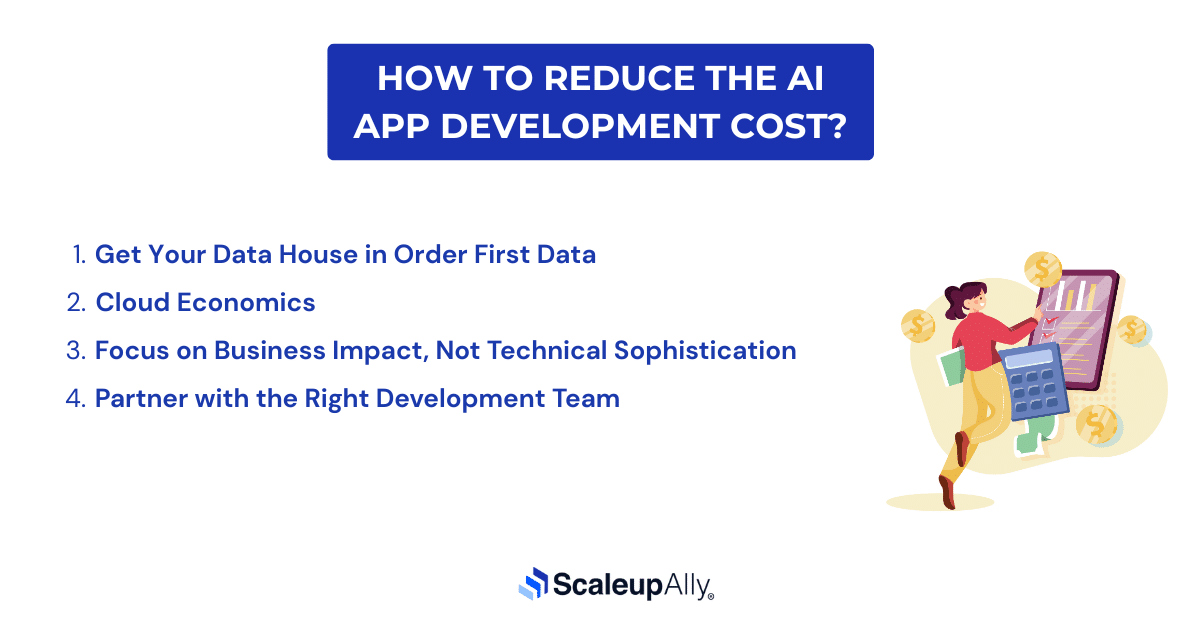
While others hemorrhage money on unnecessary complexity or over-engineered solutions, strategic companies are finding ways to deliver premium AI experiences at a fraction of typical costs. Here are the three strategies that consistently deliver the biggest impact on your bottom line:
1. Get Your Data House in Order First
The biggest money pit in AI development isn’t algorithms or infrastructure – it’s data preparation. Companies routinely spend $100,000+ cleaning data that should have been organized properly from day one.
Smart companies audit their data quality before they start shopping for AI developers. Clean, well-structured data can reduce development costs by 40-60%. Messy data turns every AI project into an expensive data archaeology expedition.
2. Cloud Economics
Cloud AI services seem expensive on paper. But the alternative is buying $30,000 GPUs that sit idle 80% of the time. The key is understanding usage patterns. If you’re making millions of predictions per month, dedicated infrastructure might make sense. For most businesses, pay-per-use cloud services are dramatically cheaper than building internal capabilities.
3. Focus on Business Impact, Not Technical Sophistication
The most expensive AI projects are often the least useful. Ask yourself: does your AI need to be 95% accurate, or would 85% accuracy solve 90% of your business problem? Often, the jump from “good enough” to “technically impressive” costs 10x more and delivers minimal additional business value.
4. Partner with the Right Development Team
The cheapest hourly rate rarely delivers the lowest total cost. Experienced AI teams can spot expensive dead ends before you waste months pursuing them. A team that charges $200/hour but delivers working solutions in three months will cost less than a $75/hour team that takes eight months to figure out what doesn’t work.
The companies that reduce AI development costs most effectively are the ones that resist the urge to build everything custom, focus on solving specific business problems rather than showcasing technical capabilities, and understand that the goal isn’t to build AI – it’s to build better business outcomes using AI as a tool.
How Can ScaleupAlly Help?
Building AI apps shouldn’t drain your budget or derail your timeline. ScaleupAlly specializes in strategic AI development that maximizes impact while minimizing costs. We’ve helped dozens of companies navigate the complex AI app development cost landscape, from initial planning through post-launch optimization. We develop it for sustainable growth and manageable operational costs.
Ready to turn your AI vision into reality without the typical budget nightmares? Contact us today, let’s build something remarkable together.
Conclusion
AI app development costs what it costs – but smart budgeting can mean the difference between a $60,000 solution that transforms your business and a $400,000 science experiment that impresses nobody.
The companies winning at AI aren’t the ones with the biggest budgets. They’re the ones asking better questions: What specific problem are we solving? Can existing tools get us 80% there? Are we building AI or building better business outcomes?
Stop guessing at AI costs. Contact our team for a cost breakdown that accounts for your actual requirements, not vendor fantasies.
Frequently Asked Questions
Q: How much does AI app development cost?
AI app development costs range from $10,000 for basic chatbots to $500,000+ for complex enterprise solutions. Most projects fall between $50,000-$200,000, depending on complexity, data requirements, and team expertise.
Q: Can I build an AI app on a budget?
Yes, using pre-trained models, open-source tools, and MVP approaches can reduce costs by 40-70%. Start with essential features, leverage existing AI frameworks, and scale gradually based on user feedback.
Q: What is the cheapest type of AI app to develop?
Rule-based chatbots and simple recommendation engines are the most cost-effective, typically costing $10,000-$30,000. They use pre-built APIs and require minimal custom development or complex data processing.
Q: How long does it take to build an AI-powered app?
Simple AI apps take 2-3 months, while complex solutions require 6-12 months. Timeline depends on model complexity, data preparation needs, and integration requirements with existing systems.
Related Blogs
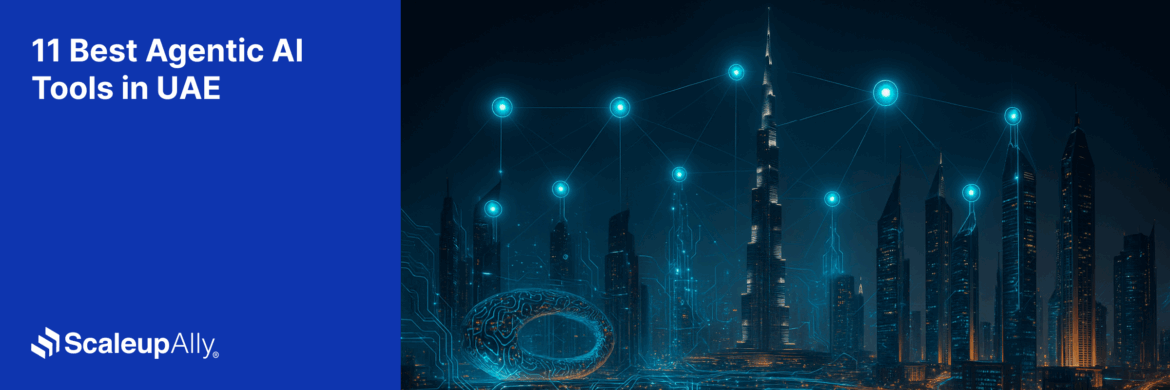
Best 11 Agentic AI Tools in UAE: Accelerating Digital Transformation
Discover the top 11 agentic AI tools in UAE for 2025. Explore features, benefits, and tips to choose the right AI tool for your business growth.
Manu Jain
Nov 6 ,
9 min read
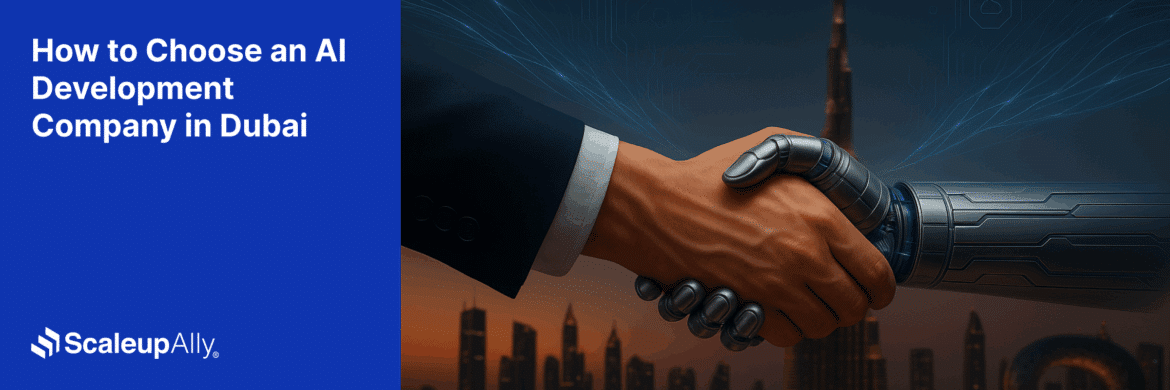
How to Choose an AI Development Company in Dubai: A Complete Guide
Find out how to choose the right AI development company in Dubai. Learn key factors, local considerations, and tips to select the best partner.
Manu Jain
Nov 6 ,
9 min read
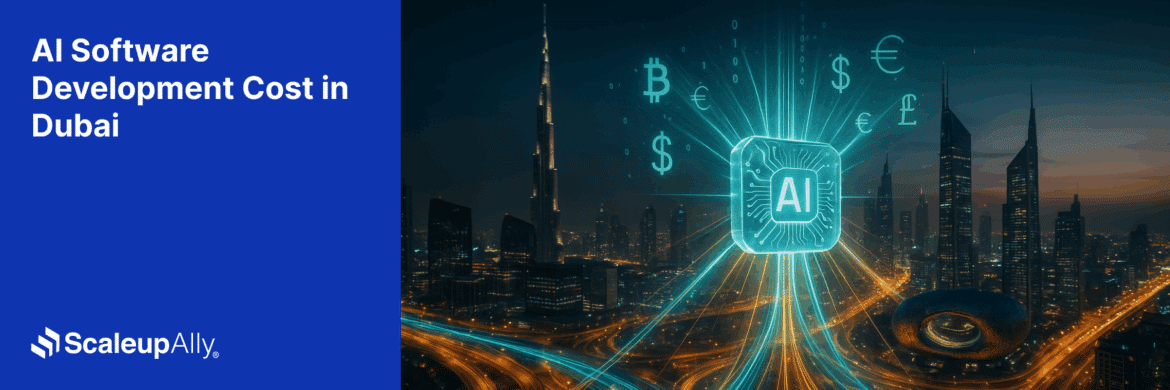
AI Software Development Cost in Dubai [Stages, Factors & Pricing Explained]
Discover AI software development cost in Dubai with detailed breakdowns, key factors, and tips to optimize your project budget.
Manu Jain
Nov 5 ,
15 min read
